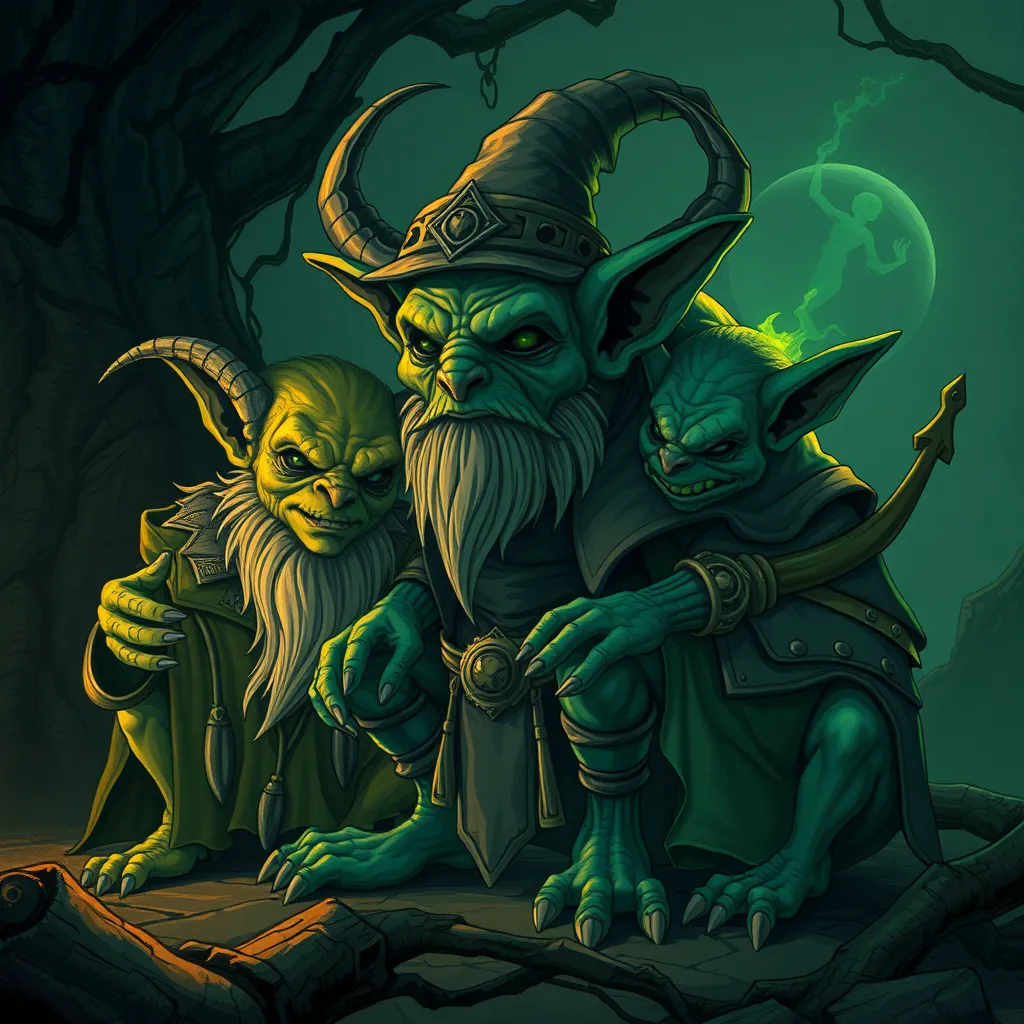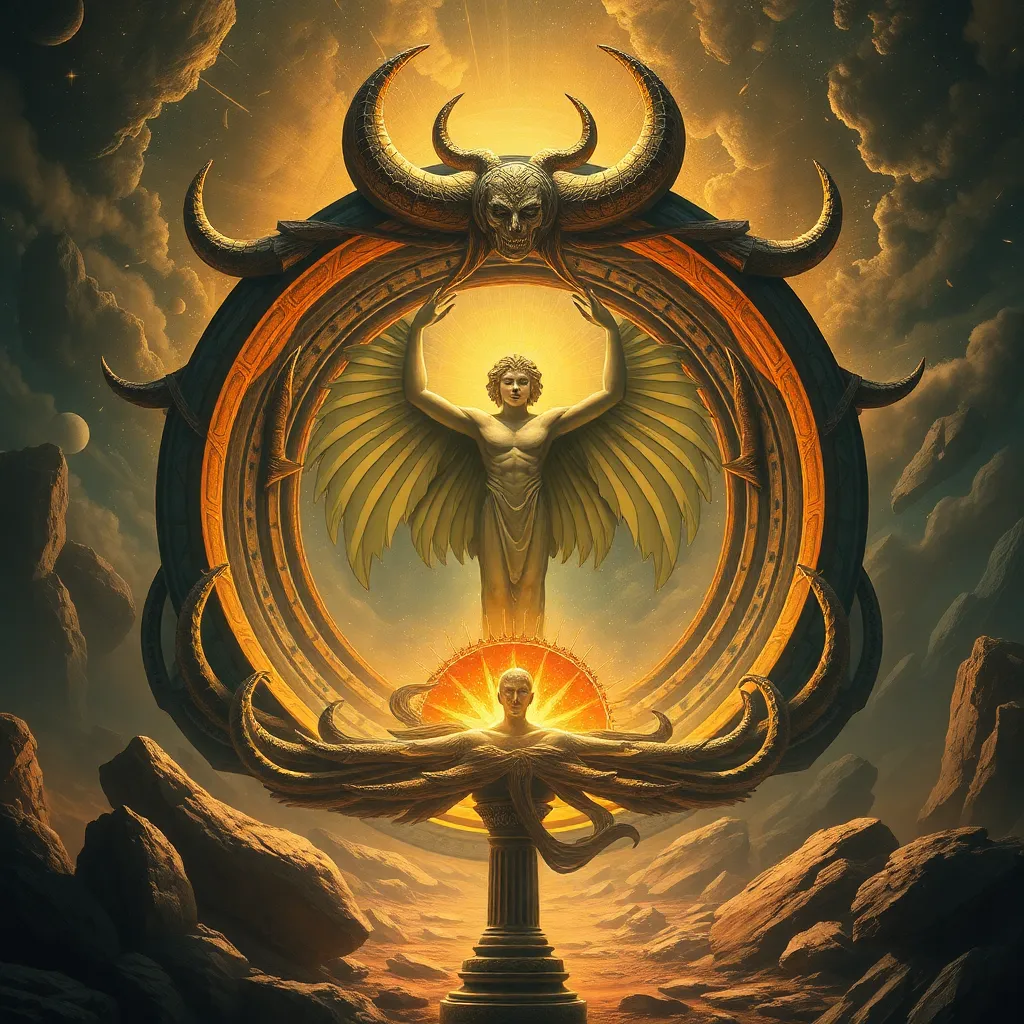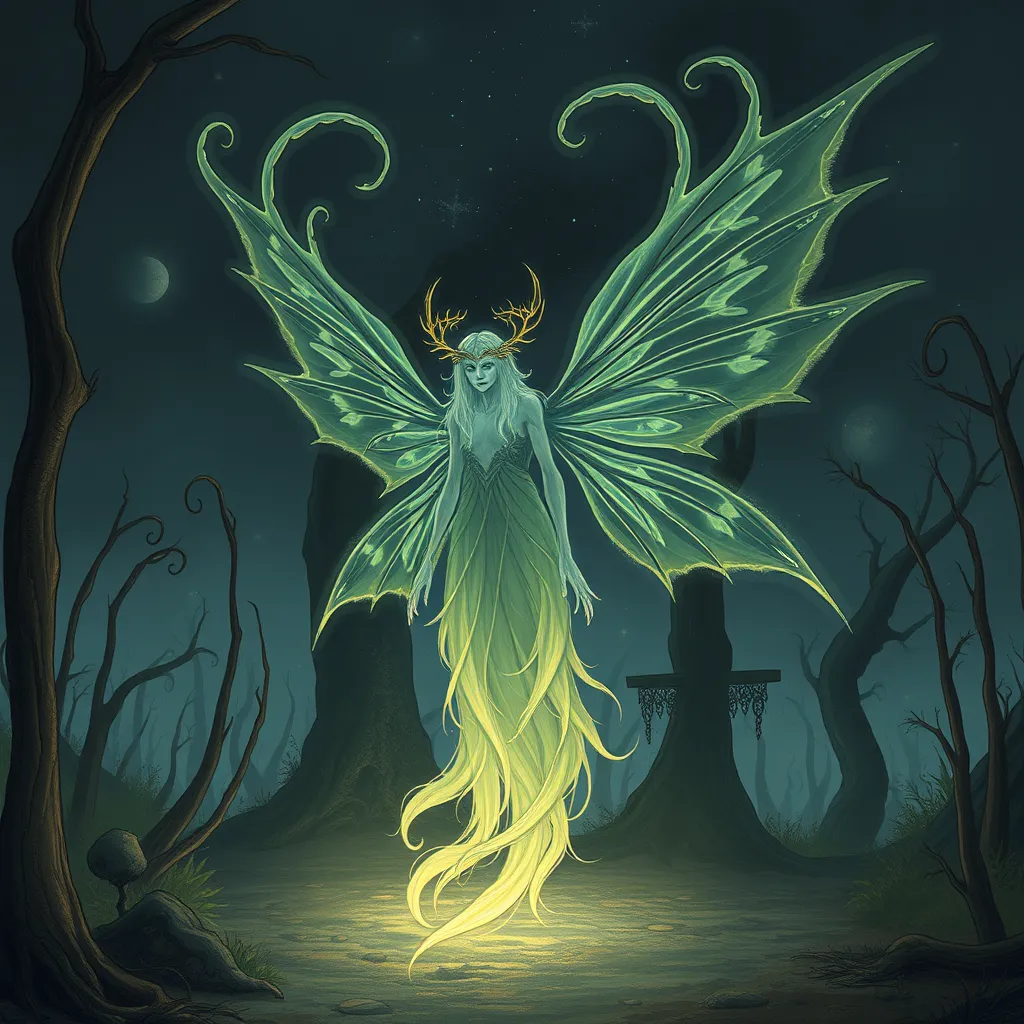Goblin Etiquette: Understanding the Rules of Goblin Society
I. Introduction to Goblin Society
Goblin society is rich in culture and history, shaped by centuries of tradition, conflict, and community bonding. Goblins, often misunderstood and misrepresented in popular culture, have a complex social structure and a unique way of interacting with one another. Understanding their etiquette is crucial for anyone wishing to engage with goblin communities.
Etiquette in goblin culture is not merely a set of rules but a vital aspect that fosters respect, harmony, and understanding among individuals. It reflects their values and social norms, making it essential for both goblins and outsiders to grasp these customs to avoid misunderstandings and foster good relationships.
II. The Hierarchical Structure of Goblin Society
A. Roles and Ranks within Goblin Clans
Goblin society is often organized into clans, each with its own hierarchy. The roles within these clans can vary significantly, but generally, they include:
- Chief: The leader of the clan, responsible for decision-making and representation.
- Shamans: Spiritual leaders who guide the clan in rituals and meditative practices.
- Warriors: Protectors of the clan, often tasked with defending against external threats.
- Gatherers: Those who collect resources, food, and materials for the clan.
- Younglings: The future generation, who are taught the ways of goblin society.
B. How Status Influences Etiquette
Status within goblin society significantly influences how individuals interact with one another. Higher-ranking goblins are afforded more respect and are often addressed with formal titles. Lower-ranking members may need to show deference through gestures of humility, such as bowing or using honorifics in conversation.
III. Greetings and Introductions Among Goblins
A. Traditional Greetings and Their Meanings
When meeting or greeting another goblin, it’s important to follow traditional customs. Common greetings include:
- Gronk to you! – A friendly salutation wishing good fortune.
- Spitshine and sparkle! – A playful expression indicating joy and excitement.
- Wart and welcome! – Used in more formal settings to show respect.
B. The Importance of Eye Contact and Body Language
Eye contact is crucial in goblin greetings. Avoiding eye contact can be perceived as a sign of disrespect or dishonesty. Additionally, body language plays a significant role; open postures are encouraged, while crossed arms may signal defensiveness or aggression.
IV. Social Gatherings and Celebrations
A. Goblin Festivals: Customs and Etiquette
Goblin festivals are vibrant and lively events characterized by music, dance, and communal activities. During these gatherings, etiquette includes:
- Arriving on time to show respect for the hosts.
- Participating actively in dances and games, as it demonstrates community spirit.
- Offering assistance in setting up or cleaning up after the event.
B. The Role of Food and Drink in Social Interactions
Food is a central element in goblin social life. Sharing meals is seen as a sign of friendship and trust. It is customary to:
- Bring a dish to share, reflecting one’s culinary skills.
- Sample others’ dishes to show appreciation.
- Raise a toast using goblin brew, accompanied by a traditional saying.
V. Conflict Resolution and Apologies
A. Common Sources of Conflict in Goblin Interactions
Conflicts among goblins can arise from misunderstandings, competition for resources, or breaches of etiquette. Recognizing these triggers can help in mitigating disputes before they escalate.
B. Proper Apology Rituals and Their Significance
When conflict occurs, proper apology rituals are essential. A sincere apology may include:
- Offering a small token, such as a trinket or food item.
- Publicly acknowledging one’s mistake in front of peers.
- Engaging in a gesture of goodwill, such as performing a chore for the offended party.
VI. Gift-Giving Practices in Goblin Culture
A. What Constitutes an Acceptable Gift
Gift-giving is an important aspect of goblin culture, symbolizing friendship and goodwill. Acceptable gifts include:
- Handcrafted items, showcasing personal effort.
- Food items, particularly those that are rare or unique.
- Natural artifacts, like stones or feathers, with personal significance.
B. The Etiquette of Receiving and Opening Gifts
When receiving a gift, goblins typically:
- Express genuine delight and gratitude.
- Open the gift in front of the giver to show appreciation.
- Share a story or memory related to the gift, enhancing the bond.
VII. The Role of Humor and Sarcasm in Goblin Communication
A. Understanding Goblin Humor: Dos and Don’ts
Humor is integral to goblin interactions, often expressed through playful banter and jokes. However, it’s essential to be mindful of:
- Using humor to uplift, not to belittle.
- Avoiding sensitive topics, such as clan rivalries or past conflicts.
B. Navigating Sarcasm Without Offending
Sarcasm is common but can be easily misinterpreted. To navigate this effectively:
- Ensure your tone and body language align with your words.
- Use sarcasm sparingly in formal settings.
- Be ready to clarify if your humor is misunderstood.
VIII. Conclusion: The Importance of Understanding Goblin Etiquette
A. The Benefits of Respecting Goblin Traditions
Understanding goblin etiquette promotes mutual respect and fosters positive relationships, not only among goblins but also with other societies. By respecting their traditions, outsiders can build trust and camaraderie.
B. Fostering Better Relationships Between Goblins and Other Societies
In a world where interaction between various cultures is inevitable, understanding goblin etiquette can bridge gaps and foster better relationships. This mutual understanding can lead to collaboration, shared experiences, and a richer community life for all involved.




